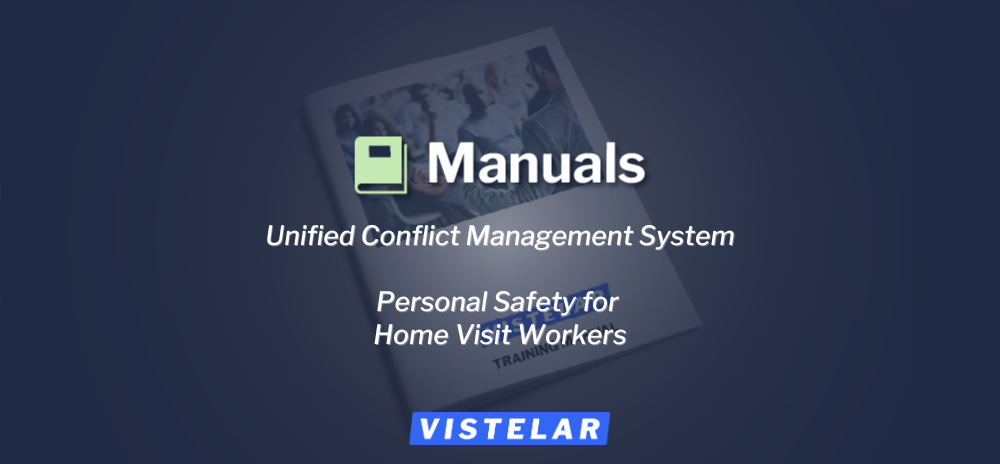This entry is part three in a three part series from How to Best Train Contact Professionals. Click here to read part 1 of 3, or click here to read part 2 of 3.
Posts about Conflict Management
How to best train contact professionals (Part two)
This entry is part two in a three part series from our published report How to Best Train Contact Professionals. Check out our blog to catch the rest of the article.
Caring Hurts: Study Shows What Nurses Already Know About Work-Related Stress
A lecture I once gave at a nursing conference about workplace violence, hosted by the Marquette University College of Nursing, was followed by a vigorous question and answer session. After fielding a few questions, I noticed a woman in the front row sheepishly raising her hand. Frankly, she looked shell-shocked.
Her expression was blank and her eyes were wet with tears on the edge of spilling...
Preventing Workplace Violence In Healthcare
When you hear the term "Workplace Violence," your mind probably shifts to thoughts of a physical altercation. However, you may be surprised to learn that workplace violence incorporates much more than fistfights and physical abuse. It also includes the mere threat of violence as well as verbal and psychological abuse. Any one of these actions can have detrimental long-term effects on a person's...
Personal Safety for Home Visit Workers - Part 1 of 4 - Manual Excerpt
Patient v. Employee Satisfaction: A balancing act for HR
The Eye-Rolling Patient: What to do
Hospital Stays: How to reduce stress and increase patient satisfaction
A hospital is meant to be a place for healing but there is a wide range of issues that can get in the way of healing. These roadblocks can lead to longer patient stays, lower patient satisfaction, and even an increased incidence of death.
A Rope Breaks at its Thinnest Part
Conclusion: Now that we know....now what? - Book Excerpt
Enjoy this excerpt from one of our published books.












